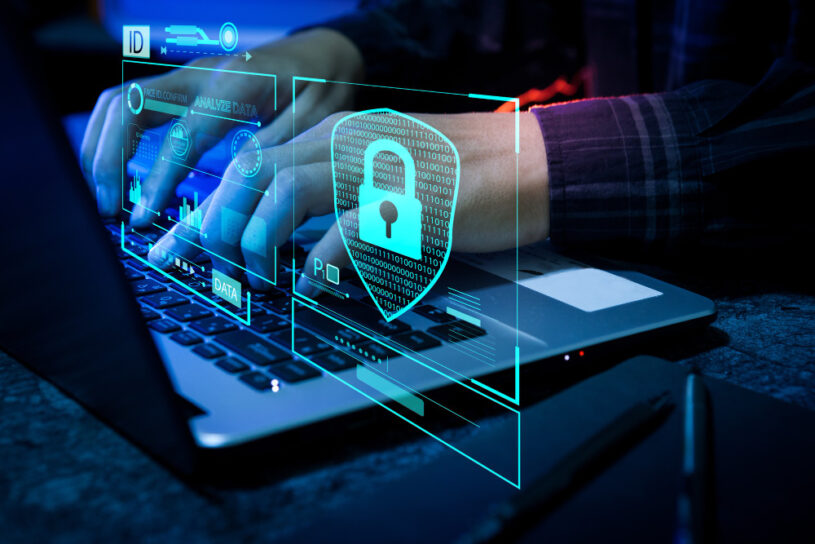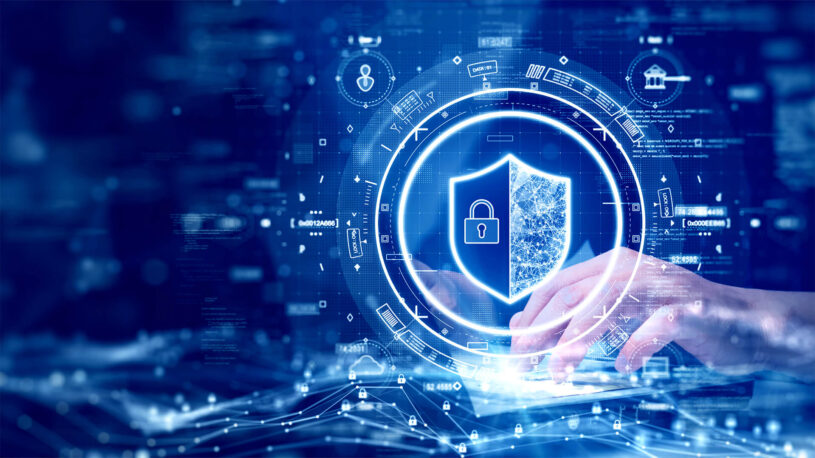In an era where digital threats are becoming more sophisticated, it’s crucial for growing businesses to arm themselves with the best security tools and technologies. This article highlights the most effective solutions available in 2024, offering insights to help you safeguard your business’s digital assets and data.
Cybersecurity Essentials
In the foundational layer of business security, certain tools stand out for their effectiveness and ease of implementation. Among these, CYREBRO MDR is noteworthy for providing a comprehensive Managed Detection and Response (MDR) service. This platform offers businesses of all sizes the ability to enhance their cybersecurity posture with expert monitoring, detection, and response capabilities. By integrating CYREBRO MDR into their strategy, businesses can benefit from advanced threat intelligence and proactive defense mechanisms, ensuring robust protection against evolving cyber threats.
Firewalls
Firewalls act as the first line of defense in a network’s infrastructure. They monitor incoming and outgoing network traffic, making decisions based on predetermined rules. A robust firewall can effectively block unauthorized access while permitting outward communication, crucial for the protection of sensitive business data.
Antivirus Software
Antivirus software is indispensable for detecting, preventing, and removing malware. With cyber threats constantly evolving, leading antivirus solutions now utilize advanced algorithms and machine learning to identify and neutralize threats before they can cause harm.
Multi-Factor Authentication (MFA)
MFA adds an essential layer by requiring users to provide multiple verification factors to gain access to systems and data. This method significantly reduces the risk of unauthorized access, even if passwords are compromised.
Data Protection Strategies

Protecting business data is paramount, and these tools offer robust solutions for securing your most valuable digital assets.
Encryption Tools
Encryption is a critical component of data protection, ensuring that sensitive information is unreadable to unauthorized users. Modern encryption tools offer strong encryption for data at rest and in transit, making it nearly impossible for cybercriminals to exploit intercepted data.
Backup and Recovery Solutions
Regular backups and efficient recovery plans are vital for business continuity. Advanced backup solutions now offer automated, secure, and scalable options to ensure data is recoverable following a cyberattack or system failure.
Cloud Security Platforms
As businesses increasingly rely on cloud services, cloud platforms have become essential. These platforms provide comprehensive features tailored for cloud environments, including access controls, threat detection, and compliance management.
Network Security Enhancements

Securing a business network requires a multifaceted approach, integrating various tools and technologies to fortify defenses against complex threats.
IDPS tools monitor network and system activities for malicious actions or policy violations. These systems are crucial for identifying and responding to threats in real time, thereby minimizing potential damage.
VPNs create a secure, encrypted connection over a less secure network, such as the internet. This technology is essential for businesses with remote employees, ensuring secure and private communication.
SASE combines network functions with wide area networking (WAN) capabilities to support the dynamic, secure access needs of organizations. This emerging technology particularly benefits businesses adopting a cloud-first strategy, providing scalable, flexible security.
Emerging Technologies
Staying ahead in cybersecurity means adopting the latest technologies that offer advanced protection and proactive threat detection.
AI and ML are revolutionizing cybersecurity, providing the ability to predict and identify new threats rapidly. These technologies enhance other tools by enabling them to adapt to new threats continuously, offering superior protection against sophisticated cyberattacks.
Blockchain technology offers a decentralized model, making it incredibly difficult for hackers to compromise data integrity. Its applications in secure transactions, identity management, and data authentication are precious for businesses.
Zero Trust is a concept centered on the belief that organizations should not automatically trust anything inside or outside their perimeters. Implementing Zero Trust requires strict identity verification for every person and device trying to access resources on a private network, regardless of whether they are within or outside the network perimeter.
Advanced Threat Protection Systems

Modern businesses face a landscape where threats evolve rapidly, necessitating advanced systems capable of identifying and neutralizing them before they cause damage.
Behavioral analytics tools monitor user and system behaviors to detect anomalies that could indicate a security threat. By establishing a baseline of normal activities, these tools can flag unusual patterns or actions, such as a user accessing files they normally don’t, which might indicate a compromised account or insider threat.
EDR solutions offer continuous monitoring and response capabilities for endpoints, such as laptops, desktops, and mobile devices. They provide comprehensive visibility into endpoint activities, enabling businesses to detect, investigate, and respond to threats that bypass traditional security measures.
Compliance Management Tools
As regulations around data protection and privacy become more stringent, businesses must ensure they comply to avoid hefty fines and reputational damage.
These tools help businesses navigate the complex landscape of data privacy laws, such as GDPR or CCPA. They assist in mapping and classifying sensitive data, assessing risks, and managing consent, ensuring that a business’s data handling practices are compliant with relevant regulations.
SIEM solutions aggregate and analyze data from various sources within an IT environment to detect potential security incidents. They help businesses meet compliance requirements by providing real-time analysis of alerts generated by applications and network hardware.
Secure Software Development Lifecycle (SDLC) Practices

Incorporating security into the software development process is crucial for preventing vulnerabilities that could be exploited by attackers.
These tools, including static application security testing (SAST) and dynamic application security testing (DAST), are used to identify security vulnerabilities in software applications. They help developers find and fix security issues early in the development process, reducing the risk of vulnerabilities in released software.
DevSecOps integrates security practices within the DevOps process, ensuring security considerations are an integral part of development and deployment. Tools that facilitate this integration automate security checks and vulnerability assessments, ensuring that security is a continuous focus throughout the development lifecycle.
Conclusion
In conclusion, as businesses grow, so does the complexity of their digital environments and the potential for cyber threats. Adopting a comprehensive security strategy, equipped with the best tools and technologies, is essential for safeguarding your business in 2024. By staying informed and proactive, businesses can not only protect their digital assets but also foster trust with their customers and partners.
